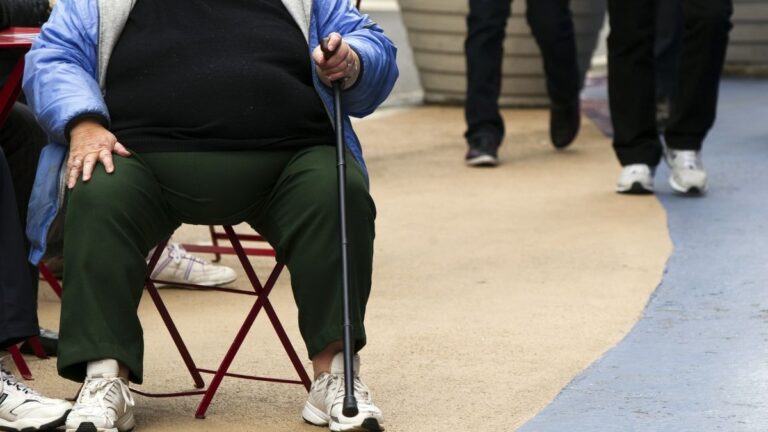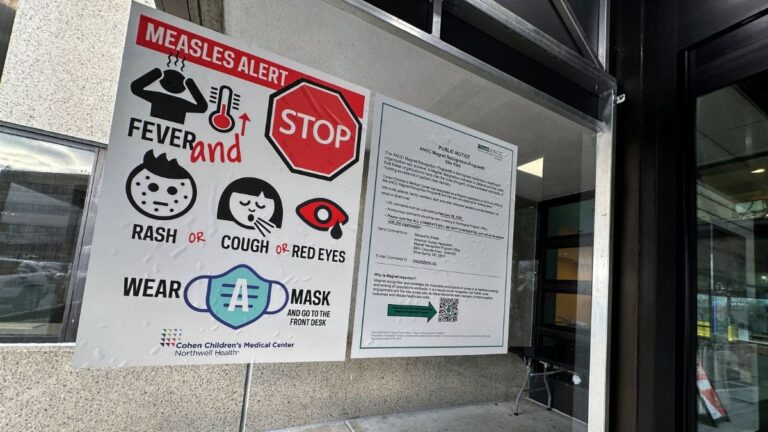For many cancer patients, hair loss during chemotherapy is one of the most emotionally difficult parts of treatment.
For most patients, maintaining their hair is not just about vanity –it’s about holding on to a part of themselves—their identity, confidence, and a sense of control in the middle of something so uncertain. That’s why scalp cooling caps, also known as cold caps, have become increasingly common in cancer wards.
Now, scientists believe they may have found something even better. A new approach, described as a “powerful double weapon”, combines scalp cooling with an antioxidant-rich lotion, using ingredients like those found in red grapes.
So, how does it work? Here’s what we know.
Why does chemotherapy cause hair loss?
Hair loss during chemotherapy isn’t just a side effect, it’s often what makes the experience of cancer visible. Dr Nik Georgopoulos, associate professor of cell biology and a Transforming Lives fellow at Sheffield Hallam University, calls it the “face of cancer.”
“The reason why people get hair loss is because, at the base of the hair follicles, there are these rapidly dividing cells that are actually feeling the toxicity of chemotherapy drugs,” he explained.
“Chemotherapy drugs are drugs that kill rapidly dividing cancer cells, but they cannot discriminate between cancer cells and rapidly dividing normal cells in the body,” he added.
“At the base of our hair follicles are these rapidly dividing cells, or keratinocytes, that constantly grow and they end up forming the actual hair.”
Because of this, many patients begin to notice thinning or shedding within just a few weeks of starting treatment.
One of the existing solutions to help reduce this is the scalp cooling cap. These cold caps lower the temperature of the scalp during chemo sessions, narrowing blood vessels and reducing the amount of toxic medication that reaches the follicles. This slows down the activity of hair-producing cells, giving them a better chance of surviving treatment.
Though cold caps have helped many patients preserve some of their hair, they’re not equally effective for everyone. Results can vary depending on the chemotherapy drugs used, how long the cooling is applied, and even differences in scalp shape or hair thickness.
What does the new treatment do differently?
Developed by researchers at Sheffield Hallam University, the new method builds on existing scalp cooling technology by adding a topical antioxidant lotion to the mix.
The lotion contains compounds like resveratrol and N-acetyl cysteine, both known for their antioxidant properties. Interestingly, resveratrol is also found in red grapes and has long been studied for its potential health benefits.
In their study, published in Frontiers in Pharmacology, scientists isolated hair follicles from the scalp and grew them in lab conditions. They were then treated with chemotherapy drugs to mimic real-world effects.
Dr Nik Georgopoulos, who led the research, explained why the added lotion could make a difference. “For some patients, cooling works, and for others it doesn’t,” he said. “Because some heads—I call them stubborn—they don’t cool enough.”
By adding the antioxidant lotion during the cooling process, the team saw promising results in the lab. “We form a powerful double weapon that, based on our results in the lab, showed us it can transform the ability of cooling to protect,” Georgopoulos said.
However, he clarified that the lotion on its own wouldn’t be enough. “The antioxidant is not ‘powerful enough’ when used alone,” he said. “The reason for that is cooling does multiple amazing things at the same time.”
The research found that cooling the scalp to 18 degrees Celsius helps prevent hair follicle damage, while milder cooling—around 26 degrees Celsius—wasn’t as effective. Combining the right temperature with the antioxidant blend improved follicle protection significantly.
The team also collaborated with Paxman Scalp Cooling, a company that produces cooling caps for chemotherapy patients. These caps circulate coolant through a fitted cap, worn by patients starting 30 minutes before chemo, during treatment, and for up to 90 minutes afterwards.
Scientists are now finalising which antioxidants to use in the topical product for future testing. Georgopoulos believes this combination could not only enhance hair preservation during treatment but also speed up hair regrowth afterwards.
“Our ongoing work will ensure that efficacy is as high as possible,” he said, “with the belief that a topical agent will not only dramatically enhance the efficacy of scalp cooling, but also significantly accelerates hair recovery post chemotherapy.”
With input from agencies
























